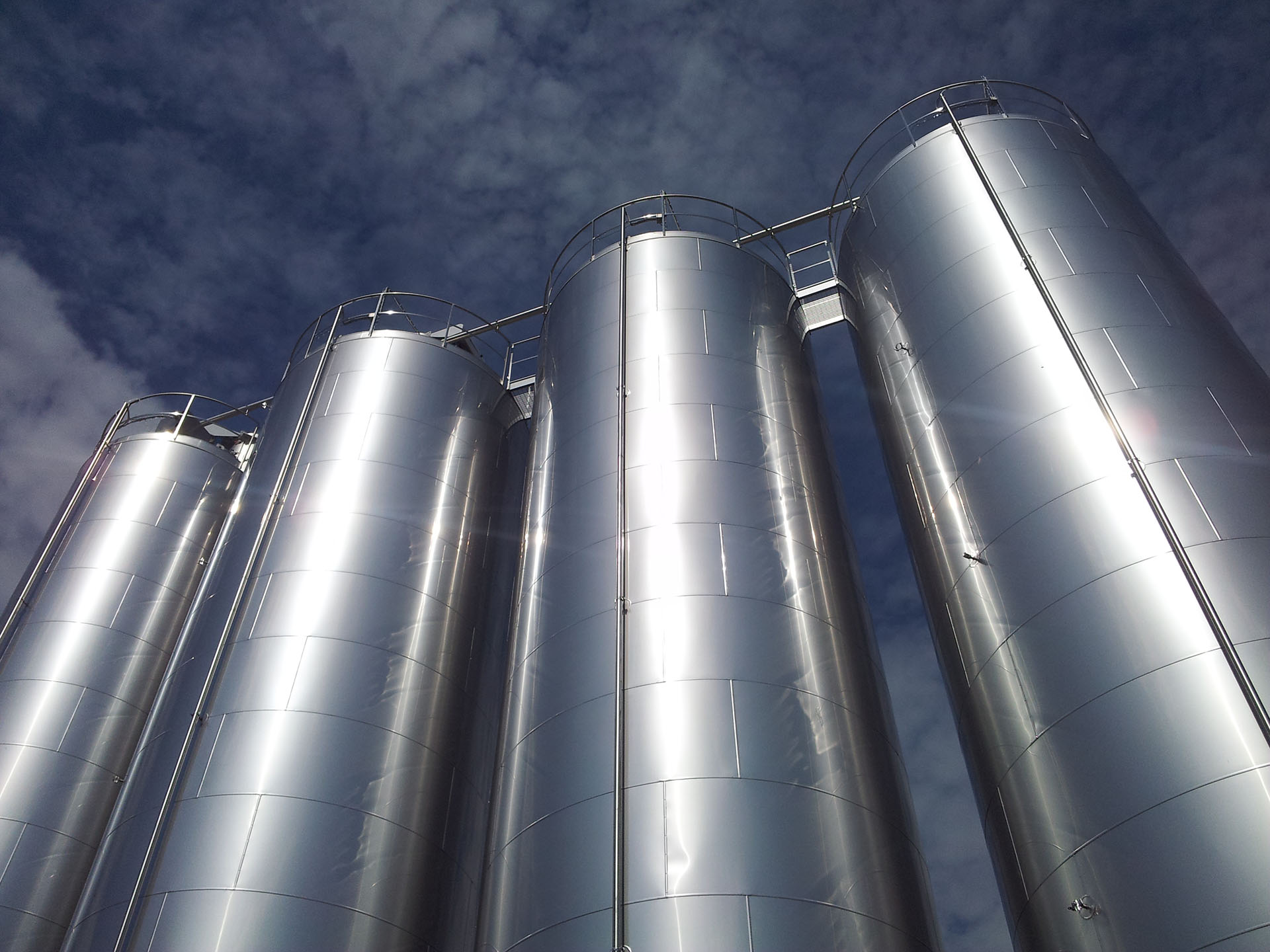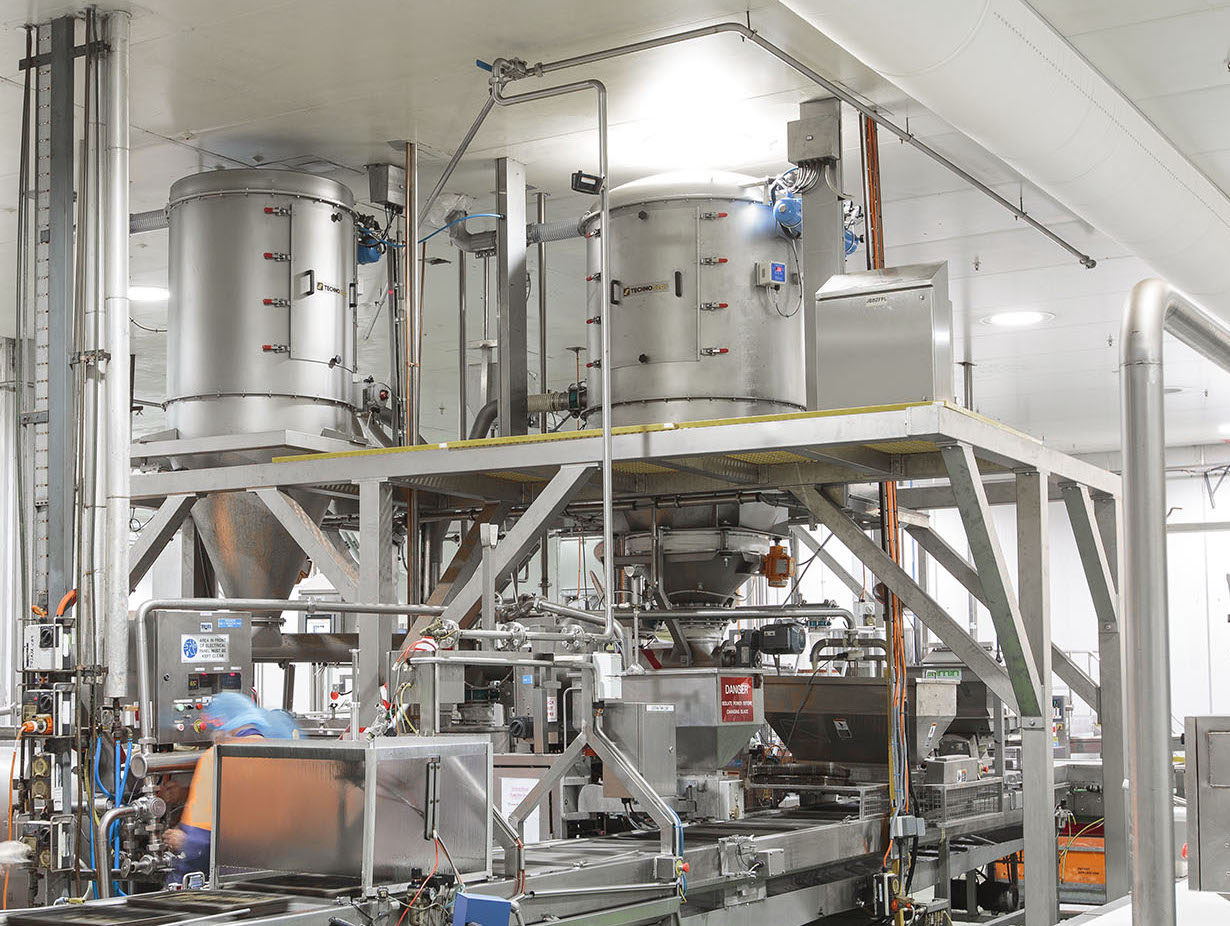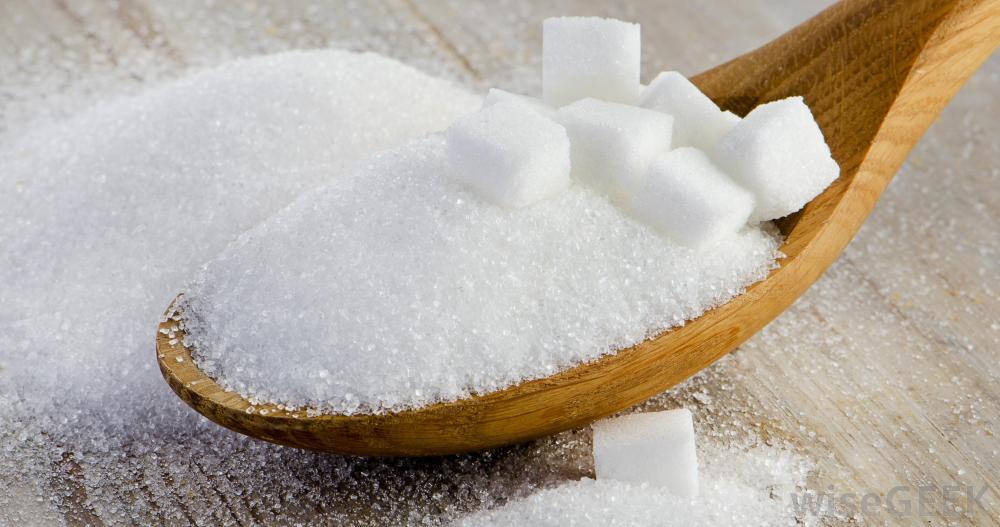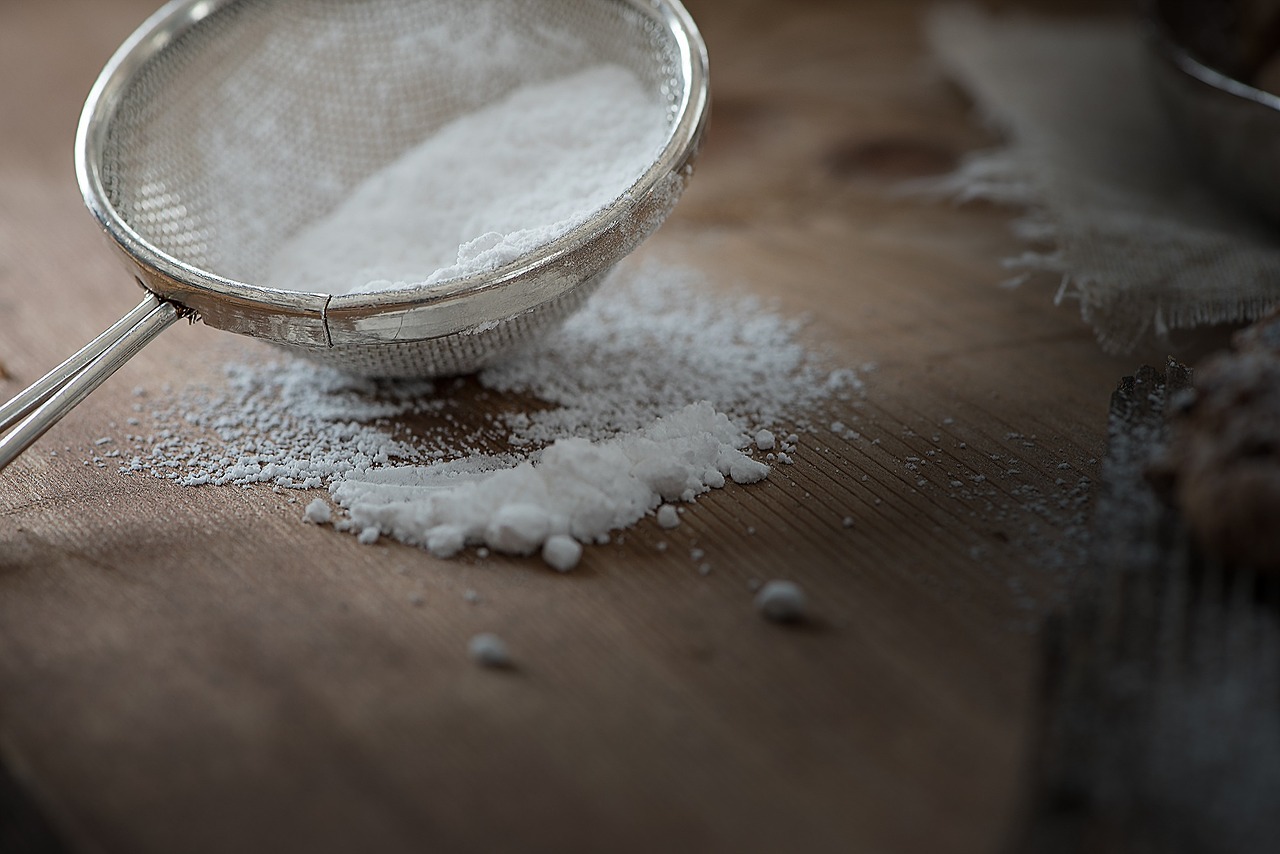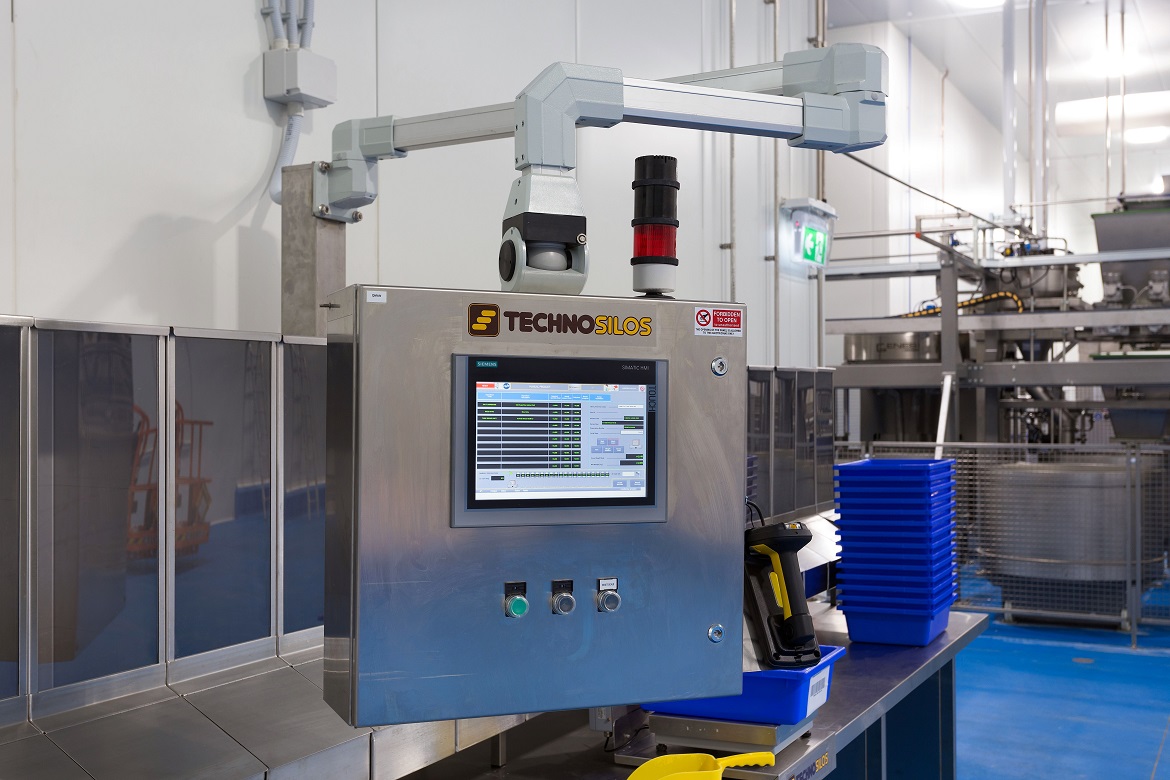Understanding the requirements of a specific type of production allows our consultancy service to identify the most suitable system, then set it up to meet all current and future production requirements.
Collecting and exchanging information, commercial agreements and technical development are all clearly defined phases of our procedures - and all are play key roles in achieving our goal: tailoring the system to individual requests.
When challenges in sourcing raw materials become opportunities to solve an issue.
The systems we have installed for Mondelēz group all over the world offer an example of how a system can be adapted to different needs, not only in terms of production but also market and environment.
The unreliable supply of ingredients resulted in a system structured to receive materials both in sacks and big bags, as well as incorporating storage able to be loaded from tanker trucks.
Stainless-steel and aluminium storage silos for the main ingredients - flour and sugar - are equipped with a bag emptying system and pneumatic transport for filling.
The best biscuits in the world are produced by our systems.
Once a a certain level of production independence has been attained, the system automatically feeds the planetary or horizontal mixers to mix the biscuit batter.
The phased structure of this particular recipe requires special tricks in dosing the ingredients. As well as set quantities, tight timelines between premix and actual mixing must also be followed to guarantee precise, repeatable results. Premix or creaming is performed with sugar and butter or margarine, dosed in the form of ointment at temperatures of 10 to 15°C.
A sugar grinding system reduces the crystals to powder or icing sugar with an average granulometry of 50 microns, providing the specific ingredient required by fine biscuit or creams and custards recipes.
This performed by a turbine mill which, in achieving an exceptionally fine grind, requires close management both due to the extreme hygroscopic nature and the high explosive risk.
Finally, the system allows the dosage of liquid ingredients such as glucose and lecithin, as well as small quantities of minor ingredients such as tartaric acid, salt, baking soda and ammonium bicarbonate.
The simple and intuitive interface allows less experienced operators to manage recipes in the optimum way.

